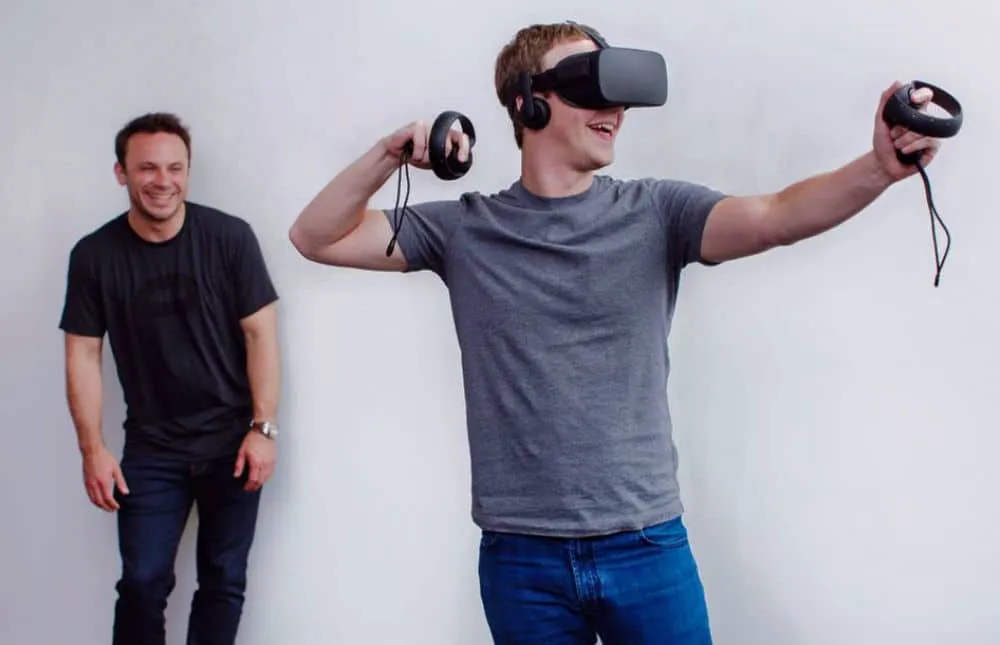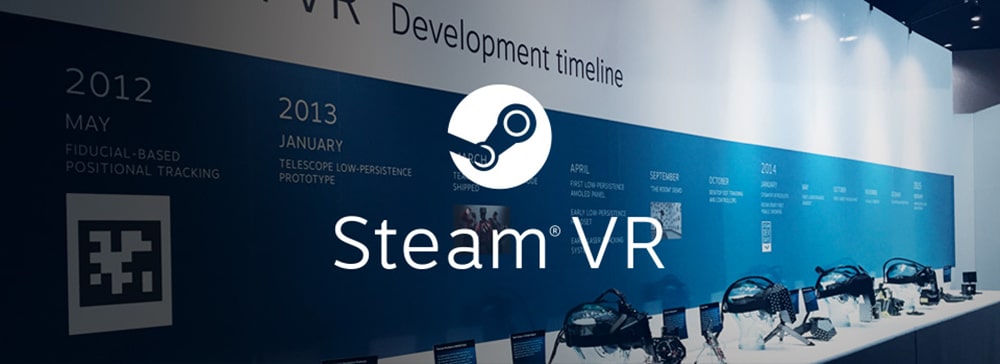When Facebook CEO Mark Zuckerberg bought Oculus something changed about the emerging mixed reality industry. Money spent to advance VR and AR started skyrocketing, with far-off technologies like light fields suddenly receiving huge investments.
The VR industry as a whole is what it is today because of a string of events culminating in Zuckerberg’s $2 billion bet on Oculus. Few are aware, however, that the acquisition was made possible because Valve shared key technology with Oculus. Of course, we also wouldn’t have two very cool VR headsets to buy in 2016 if it wasn’t for the sharing of that technology.
Here’s how we got into this situation.
Valve “Lent” A Key Prototype To An Enthusiastic Startup
Alan Yates is one of the Valve engineers responsible for developing Lighthouse, the novel tracking solution that gives people wearing the HTC Vive freedom to walk around an entire room in VR. This week Yates pointed out a little known fact about Oculus in a comment on Reddit. Namely, that Valve “lent” Oculus a key prototype. Two years later, Oculus uses customized lenses and a computer vision-based tracking system in its headset but, other than that, the Rift and Vive are functionally the same.
Here’s what Yates wrote on Reddit:
…Oculus has their own CV-based tracking implementation and fresnel lens design but the CV1 is otherwise a direct copy of the architecture of the 1080p Steam Sight prototype Valve lent Oculus when we installed a copy of the “Valve Room” at their headquarters. I would call Oculus the first SteamVR licensee, but history will likely record a somewhat different term for it…
Before Valve shared this technology Oculus had yet to solve simulator sickness. It was just an enthusiastic startup with an underdog story (founded by a teenager!) on a mission to see VR go mainstream. At the time, the company only had its very basic first development kit on the market — way behind the Valve prototype.
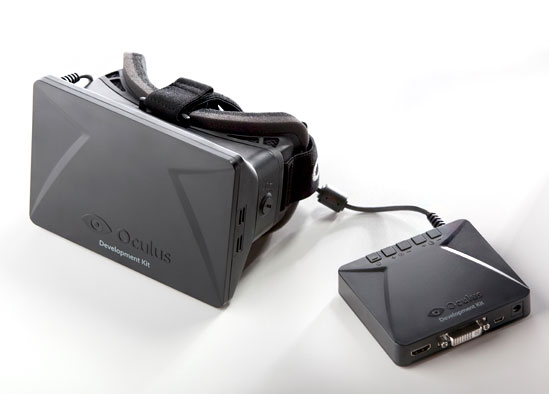
Valve changed that, helping Oculus win a huge round of investment and then an audience with Zuckerberg. It’s worth remembering, too, that Gabe Newell’s endorsement of Oculus in the original Kickstarter project was a last minute addition that helped add legitimacy to the crowdfunding effort.

Facebook Buys Oculus
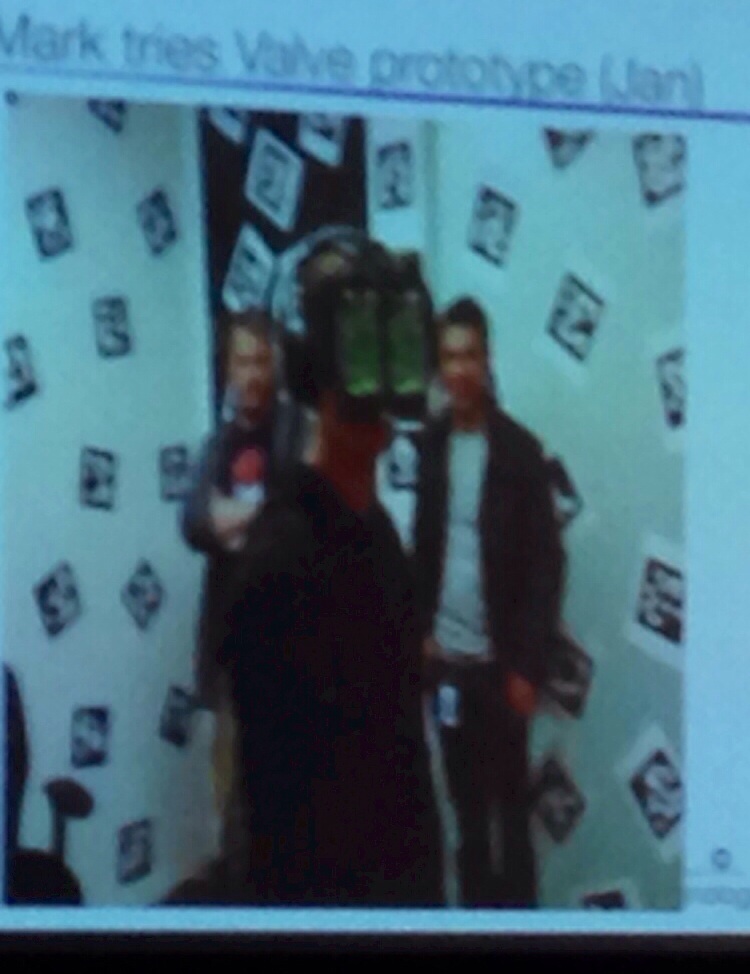
Facebook needs a platform it can control to become a consumer electronics company on the scale of Microsoft, Apple, Amazon, Google or Sony. Remember the failed Facebook phone? That was Zuckerberg’s previous attempt at such a platform.
Back in 2014, it looked like Brendan Iribe and Oculus could deliver a new platform people truly wanted. In January of that year Zuckerberg came to Oculus and tried out Valve’s technology.
At the time, and given that demo, Zuckerberg could be forgiven for thinking Oculus would be first out with a high-quality VR platform they could bring to phone and PC industries starving for profit and freedom against Apple and Google. Additional partners could help build a whole slew of headsets and products “powered” by Oculus.
During the rapid due diligence that would’ve been involved in the whirlwind Facebook acquisition, was Zuckerberg able to get a full understanding of how much technology Oculus had in its intellectual property portfolio? Michael Abrash was hired away Valve amid the acquisition to lead research and build up some of those insights going forward, but how much of the technology Oculus showed Zuckerberg in the “Valve room” in January 2014 did he think they owned?
Regardless of what Oculus did or did not tell Zuckerberg, it would take two more years for Oculus to finish the Rift and get it into the market. Oculus had to create the store. And the headset. And the controllers. And fund the games. Meanwhile, Valve was faced with the prospect of its research now helping a company with very deep pockets and ambitions to be the next Apple or Google.
If “Facebook’s acquisition of Oculus means that VR is going to happen in all its glory,” as Abrash wrote when he left Valve, the question post-Facebook acquisition was which company would get most of that glory.
Vision Meets Reality
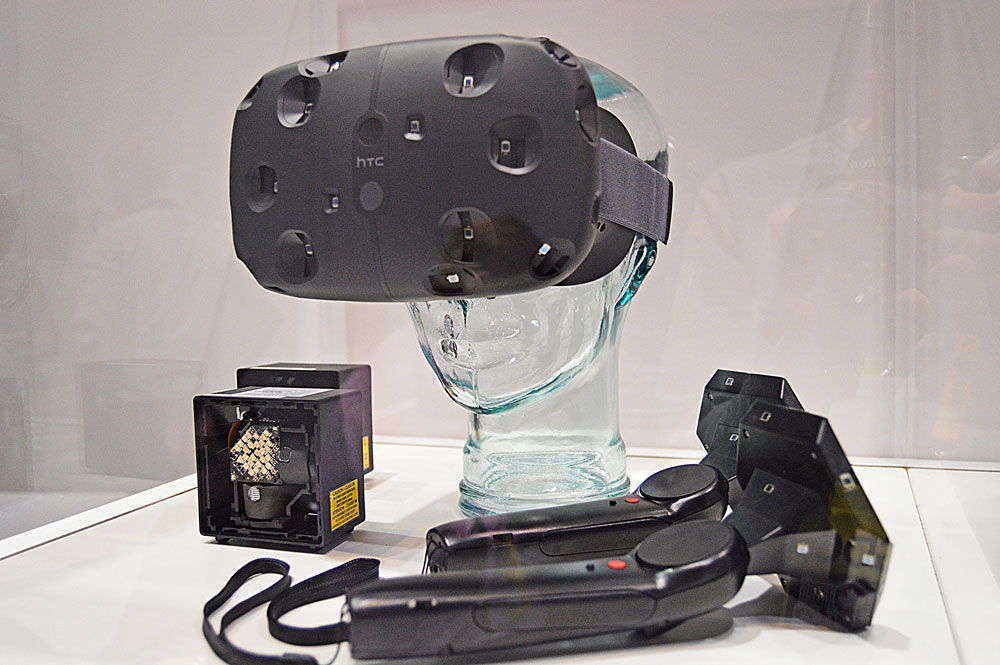
Today, Oculus is helping fund developers who are building games that will be sold only through the Oculus store, while attempting to rapidly finish Oculus Touch controllers to bring it in feature parity with SteamVR and the Vive.
Valve, on the other hand, is practicing a strategy with no exclusives while supporting both the Rift and Vive through its Steam store.
Though it’s clearly the goal, neither Oculus nor Valve have announced partners beyond HTC and Samsung for their VR platforms. So arguments about which platform is more “open” and friendly to industry collaboration is moot right now. A recent move by Oculus, however, shows how far each platform is able to go before it starts competing with the other.
Hack Reveals Line Dividing Valve And Oculus

Oculus recently took enormous criticism for releasing an update that breaks a hack allowing Oculus games to run on the Vive. In explaining the update, Oculus said it “wasn’t targeted at a specific hack” but included features “designed to curb piracy and protect content and developers over the long term.”
Basically, Oculus changed the way it checks to make sure you purchased a game legally. Frequently secured through digital rights management (DRM ) technology, this functionality is typically standard for digital download stores. The developer of the hack writes, however, that Oculus “added the check for the Rift being attached to your PC to the actual DRM. They now use the same function to check that you own the game and that you have the headset. I can’t disable one check without disabling the other one too. Previously these checks were separate and the DRM would only check whether you owned the game.”
While Oculus warned customers in advance that hacks like this one would likely break with future updates, if the way it was broken is true, it runs counter to what co-founder Palmer Luckey wrote about the Oculus platform just a few months ago.
Luckey:
If customers buy a game from us, I don’t care if they mod it to run on whatever they want. As I have said a million times…our goal is not to profit by locking people to only our hardware – if it was, why in the world would we be supporting Gear VR and talking with other headset makers? The software we create through Oculus Studios (using a mix of internal and external developers) are exclusive to the Oculus platform, not the Rift itself.
Where Oculus And Valve Are Now
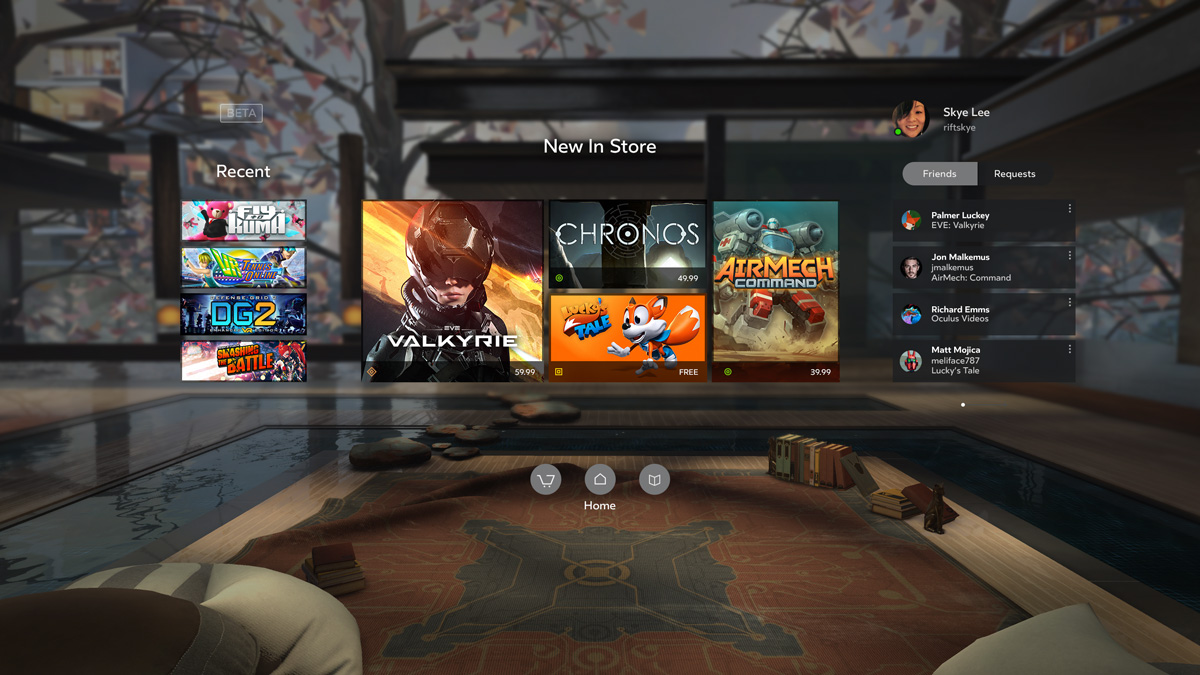
The “Oculus platform” Luckey mentioned is under attack on mobile by Google’s Daydream and in competition with Valve’s SteamVR on PCs. When it comes to Oculus, developers can release apps for both Gear VR and Rift but it’s up to the each dev whether or not a buyer gets access to both the PC and mobile versions of a game with a single purchase. Many of the most promising social features planned for Oculus, including activities like group trivia and watching movies together, have yet to come to both headsets too. Oh, and Oculus still doesn’t have those hand controllers.
Platform Wars
Is Oculus in trouble? Maybe. Google’s Daydream and Valve’s SteamVR seem to be boxing the company in with competing VR platforms. Yet at Oculus, decisions seem to be made as if it it is still going to be the first platform available.
Daydream and Steam are likely to be an important part of how this industry develops. It’s totally unclear how, or if, Oculus plans to coexist with them going forward and early indications are not encouraging. It seems like Zuckerberg wanted a platform that could be as revolutionary as the iPhone but as broadly adopted as Android. The speed with which Google and Valve got to market, however, seems to be making that difficult. Is there another path forward for Facebook?

